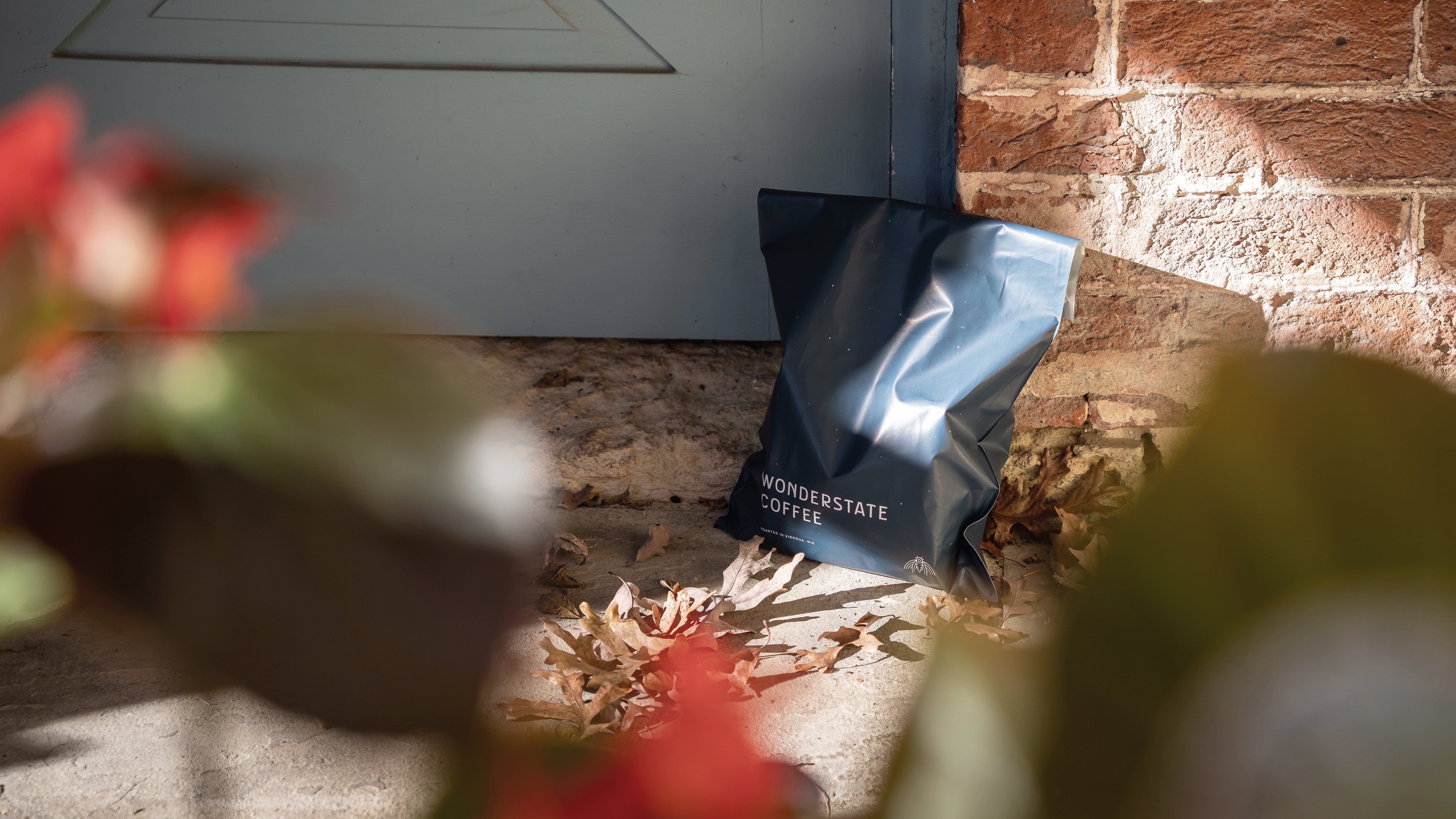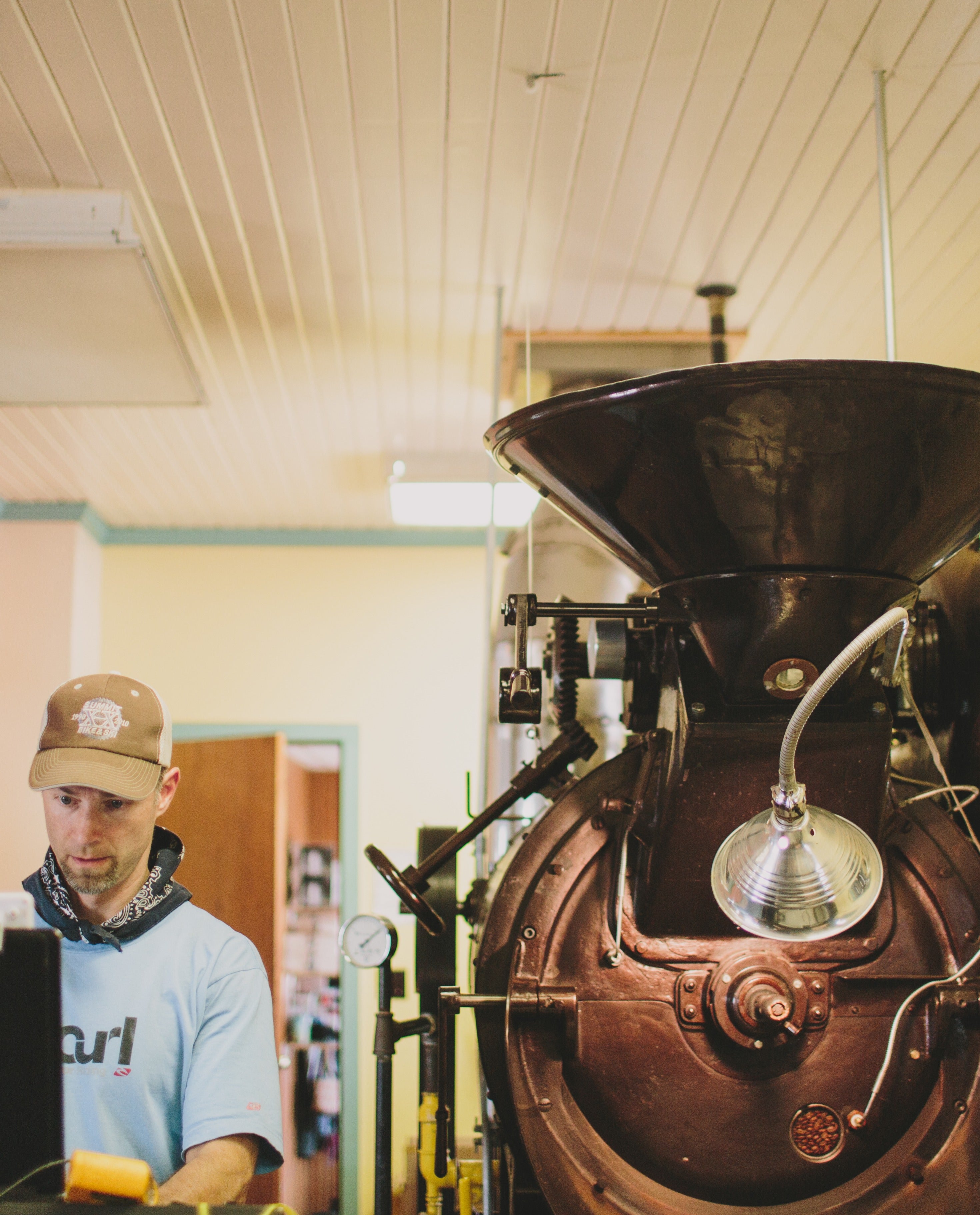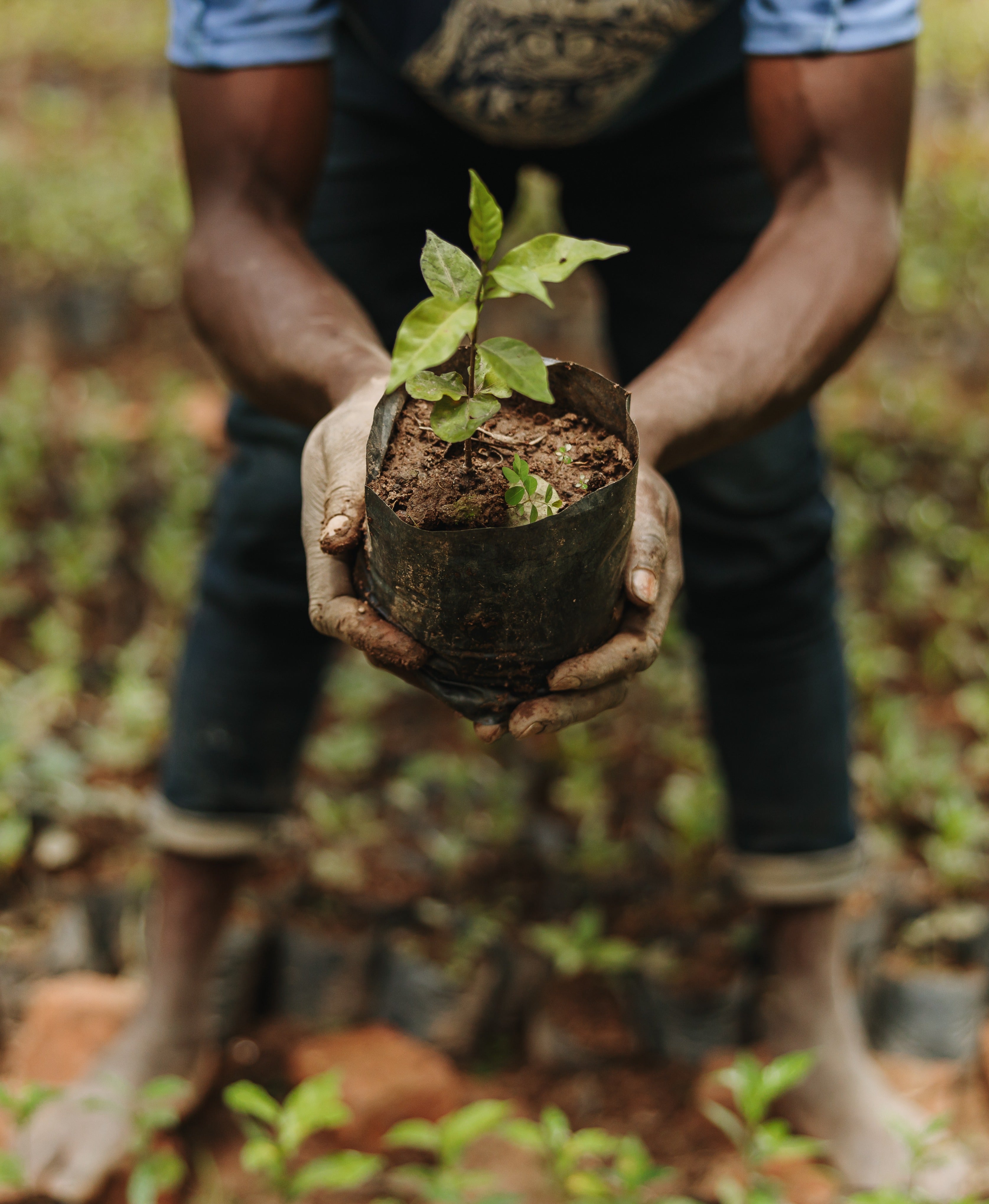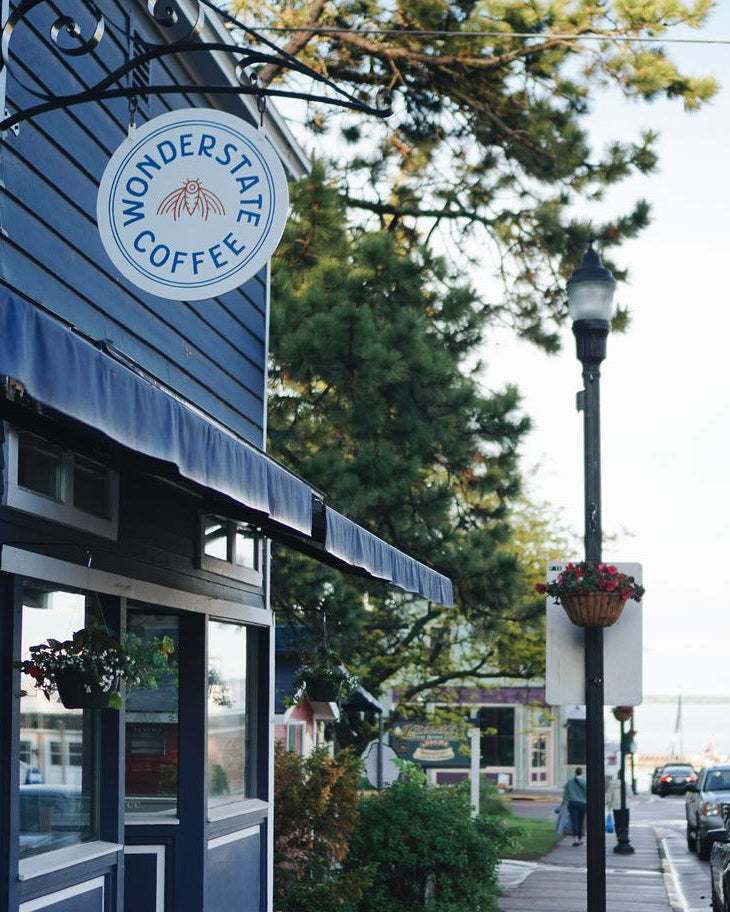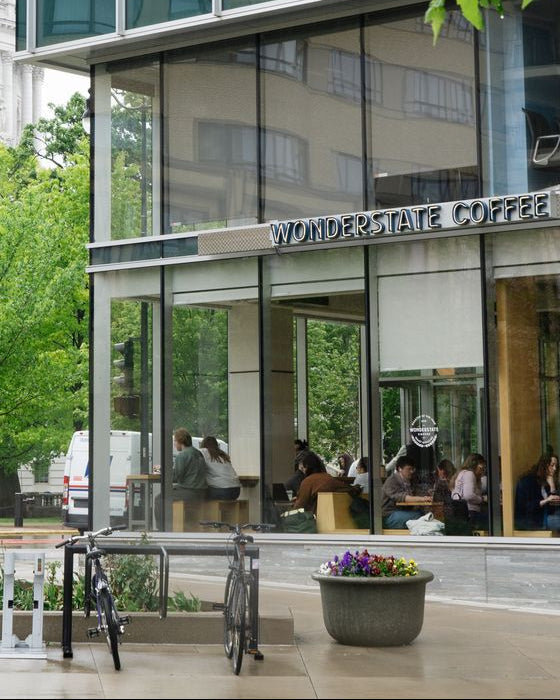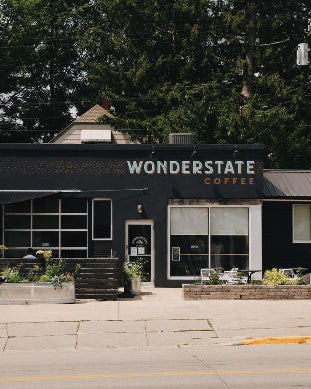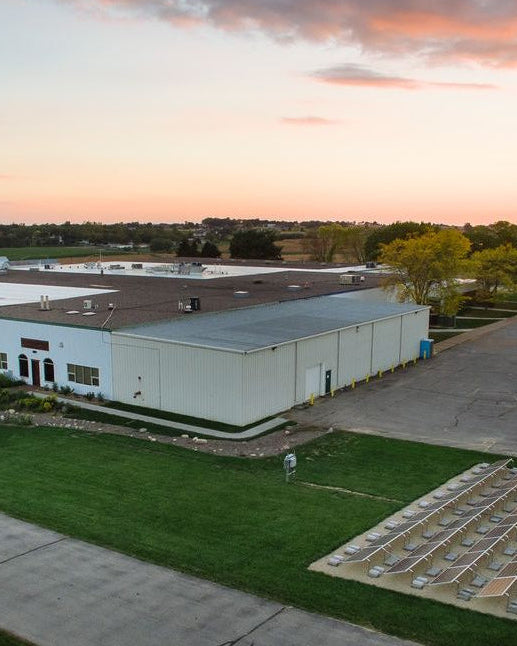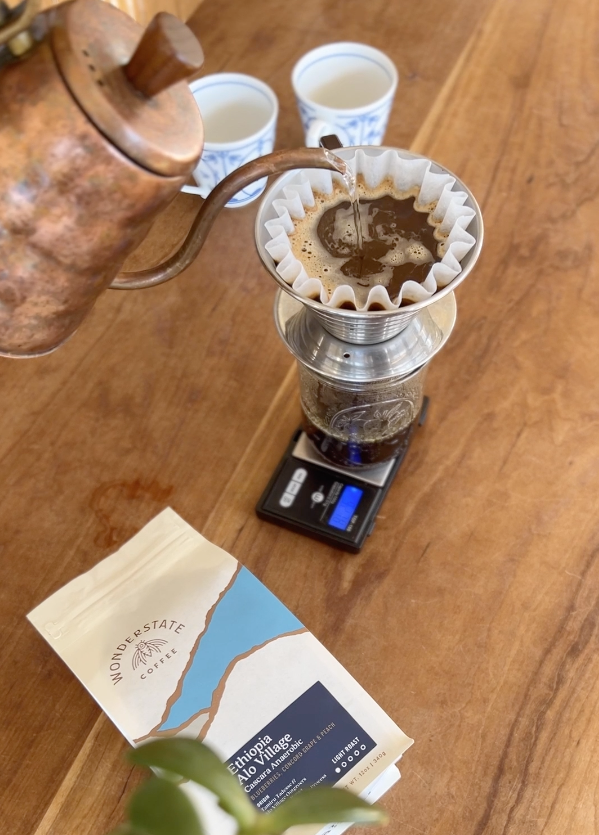Ethiopia Alo Village Cascara Anaerobic is one of the five best coffees we've ever tasted! And we taste a lot of coffee around here. We want you to enjoy it as much as we do, so we’re providing a recipe we've honed in. Best part is, you can do it at home.
We’ve chosen the Hario V60 Dripper for this brew because it allows us to control all the dynamics at play in expressing the final flavors in our mugs. This particular coffee is dense: the beans are exceptionally tiny, and at the same time pack a ton of flavor, ranging from the intensely fruity to the amazingly floral.
We'll use 20 grams of coffee for this brew and 330 grams of water.
The grind size should be medium-fine, similar in appearance to table salt. As always, your grind size, while important, is not the only factor that can massively impact how your coffee tastes. The way you pour (high or low, fast or slow) will interact with the grind size to give you a flow-rate. Our goal for this coffee is a smooth, consistent flow rate resulting in a total brew time of approximately 3:30. We're shooting for a slightly longer brew in order to really pull out the more subtle tones you'll find in this coffee.
Water temperature should be around 205-208F. If you don't have a thermometer, you can bring your kettle to boil, and then let it rest for 1-2 minutes before beginning brewing. This will put you in the right temperature zone!
As always, rinse your filter before brewing to remove any papery taste or residue. We suggest using around 100 grams of hot water to rinse your filter and thoroughly warm your vessel/carafe.
The total brew time should be around 3:30 total. Here are a few tips for adjusting the brew to maximize the bets results:
- If you find that your brew time is excessively long, coarsen your grind. If it's too short, you can make the grind finer.
- If you think the flavor is too thin, reduce the amount of water used by 20 grams, shooting for 360 grams water total. If you'd like a lighter, more tea-like brew, you can use 20 more grams for a total of 310 grams of water. Higher coffee-to-water ratios tend to express more aromatics, while lower ratios will enhance texture (mouthfeel).
- Water quality is a massive part of creating amazing coffee at home. We recommend using Third Wave Water if you want your coffee to taste professional in quality.
- Practice steady pouring from your kettle. What you'll find is greater evenness of water distribution across the brewing cycle will yield smoother, less astringent flavors in the cup. This will take practice so don't worry too much if you're still new to brewing pourovers at home.
Read more
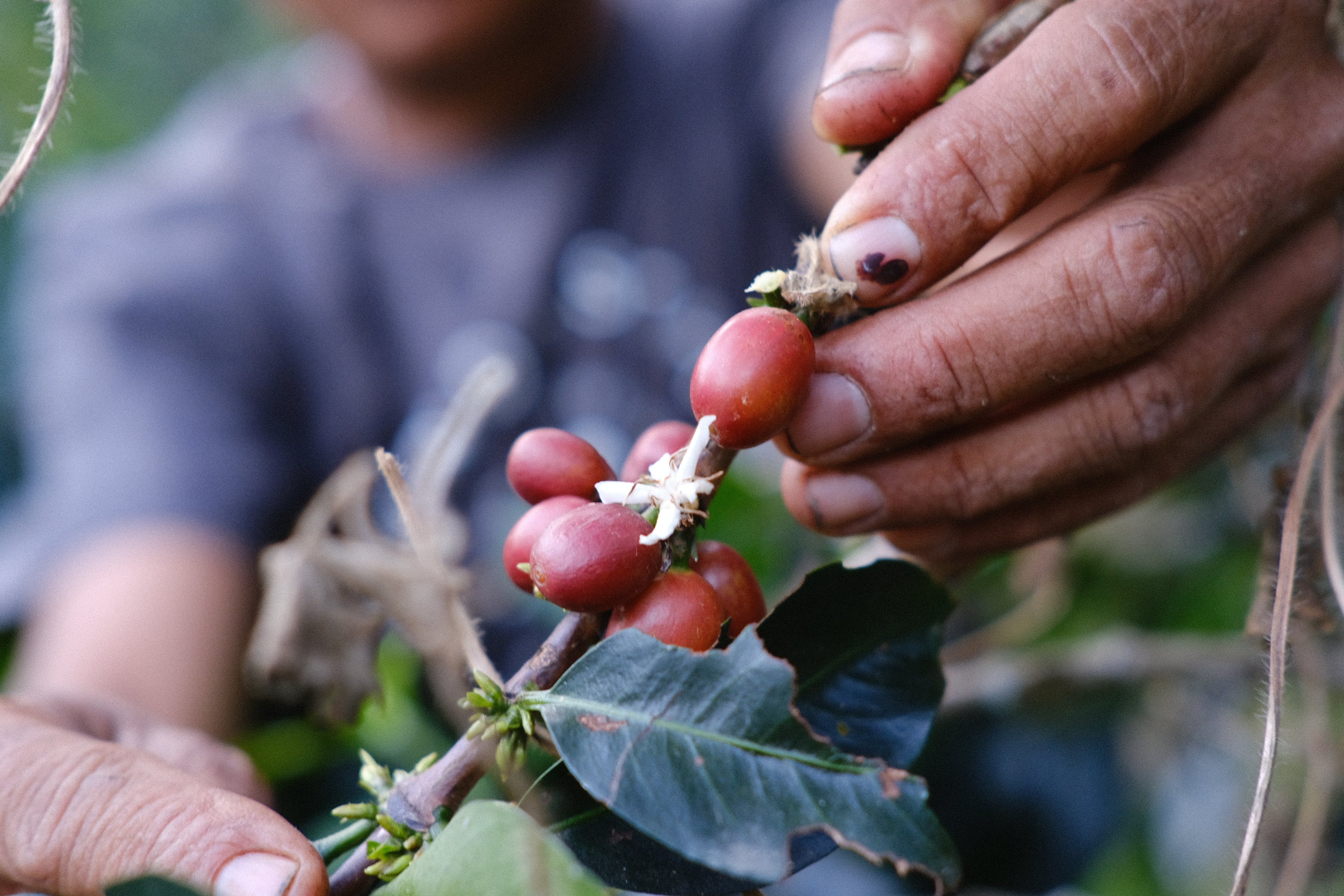
Take a moment to slow down and think about your favorite cup of coffee. Each sip you experience results from a moment in time: the growing environment, the weather, the harvest, and the roasting pr...
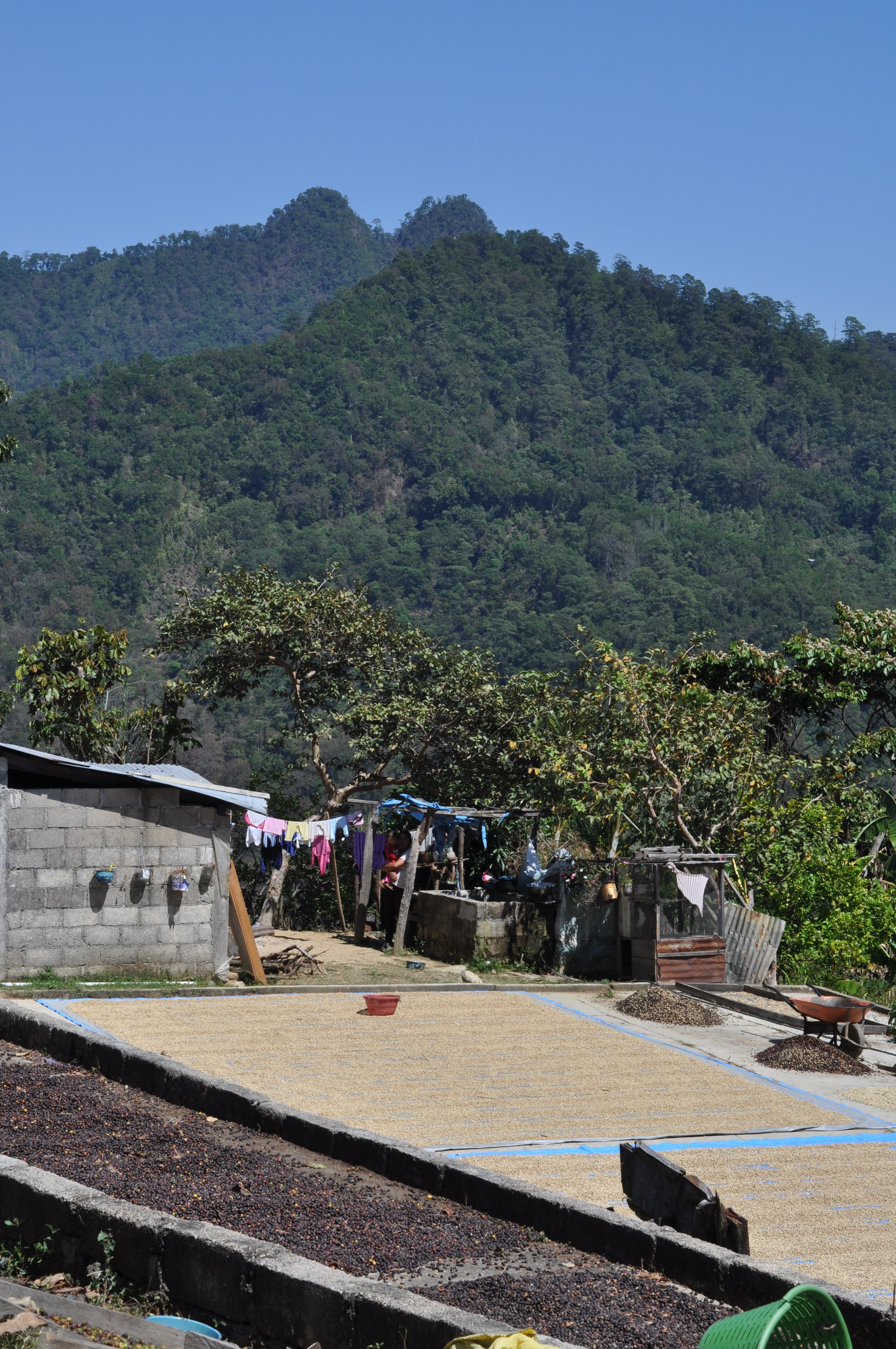
We all know, especially here in the Driftless Region - coops are powerful and essential! They connect smaller buyers with small producers, giving producers access to markets and buyers access to th...

